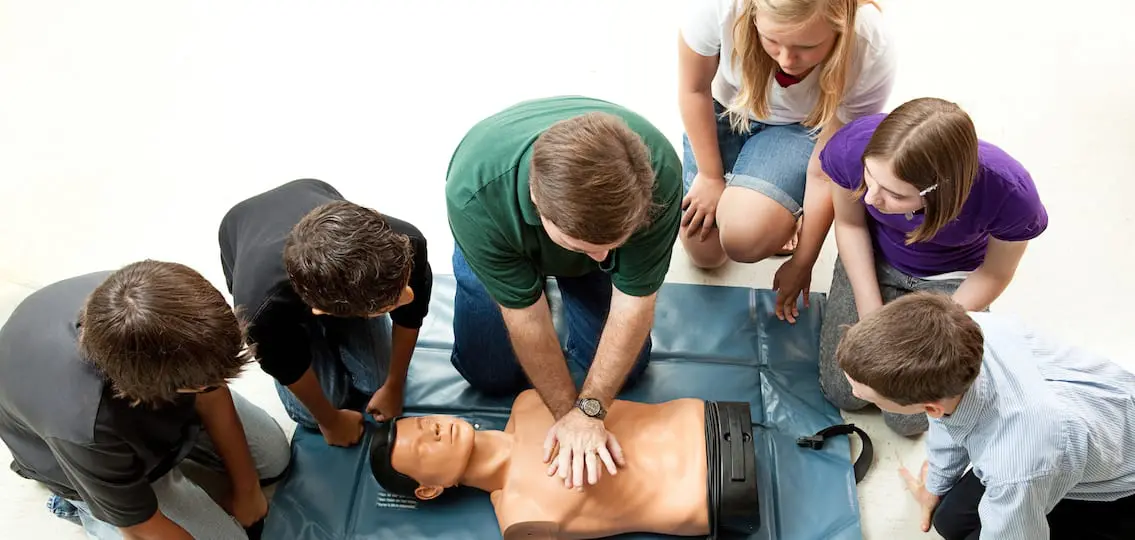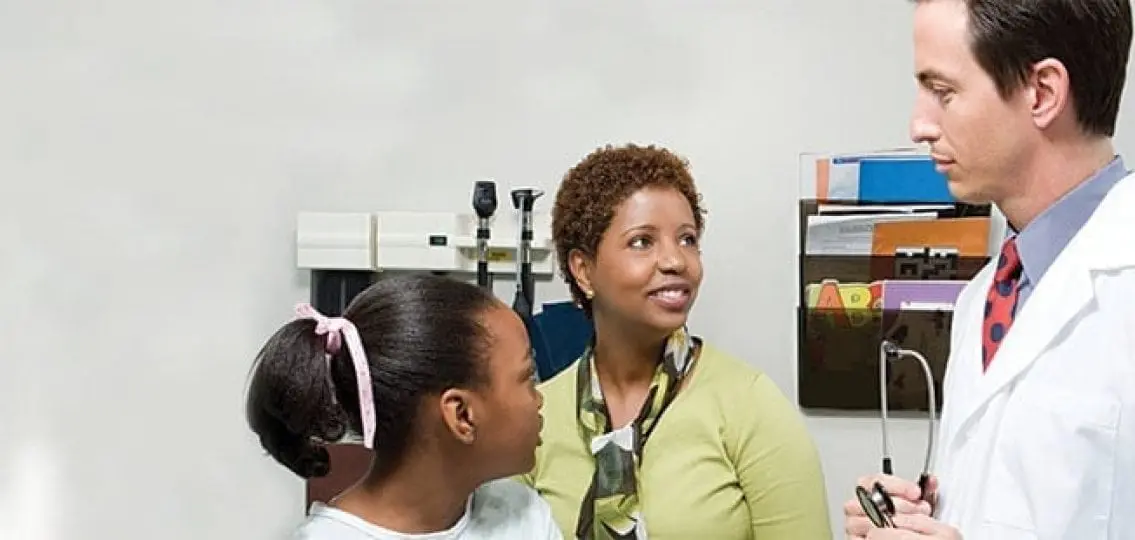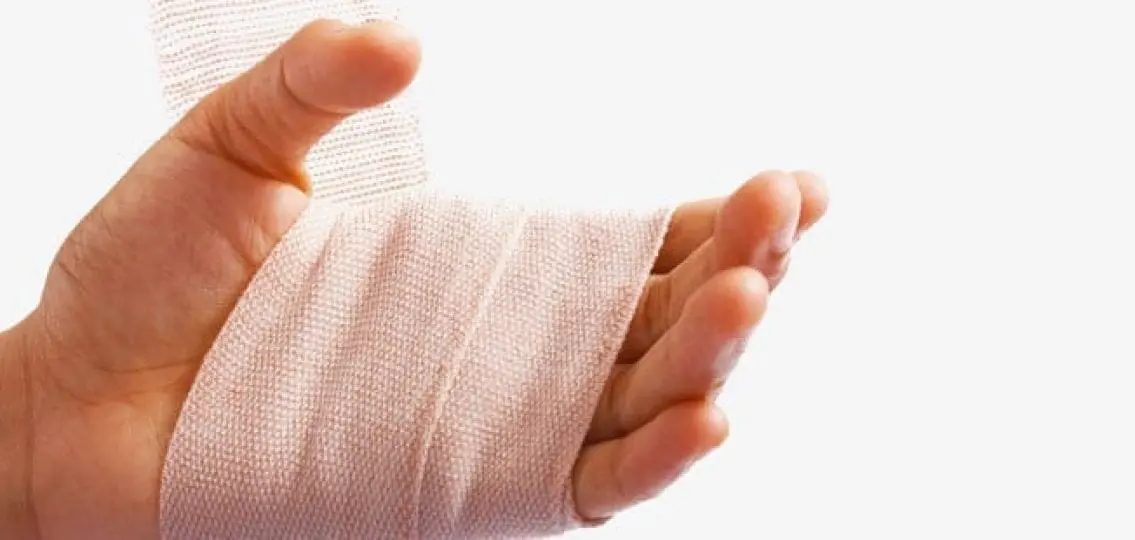June 30, 2014
Knowing basic first aid skills is important, regardless of age. But teens need to step it up to avoid calling you (or the doctor) over every little cut or burn. These skills become even more important when they’re away from home.

We thought you'd also like:
First Aid Information For Teens
1. Be prepared.
Make sure your home is stocked with some essentials. These include bandages, gauze, pain relievers, cold medicine, lozenges, antibiotic cream, and a digital thermometer. If your teenager is heading to college this fall, prepare a first aid box for them to take along.
2. Know what to do.
Dr. Robert Block, former president of the American Academy of Pediatrics, recommends that teens try these few helpful first aid measures before calling the doctor (or you).
For minor cuts or scrapes:
- Press a clean cloth or bandage on the wound to stop the bleeding.
- Clean the wound with water and apply an antibiotic cream, like Neosporin.
- Apply a bandage, and make sure to change it when it becomes wet or dirty.
For minor burns:
- Hold the burned spot under cool (not cold) water for 3-5 minutes and cover it loosely with gauze. Don’t put ice or ointment on the burn.
- Don’t break a blister if it forms.
- Take Advil, Motrin, or Tylenol for the pain.
For coughing:
- Take over-the-counter cold medicines.
- Eat some honey, drink tea, and suck lozenges.
For a Fever:
- For a fever below 101.5, drink a lot of water and wet your body with warm water.
3. Know when to seek medical assistance:
- A cough and shortness of breath that lasts more than 48 hours.
- An infected cut, a large cut, or a burn.
- A fever over 101.5 or a fever that’s lasted longer than three days.
- A fever combined with vomiting and/or severe diarrhea.
- A rash that burns or covers a large area of skin for more than 24 hours.

One more article you'll appreciate.




